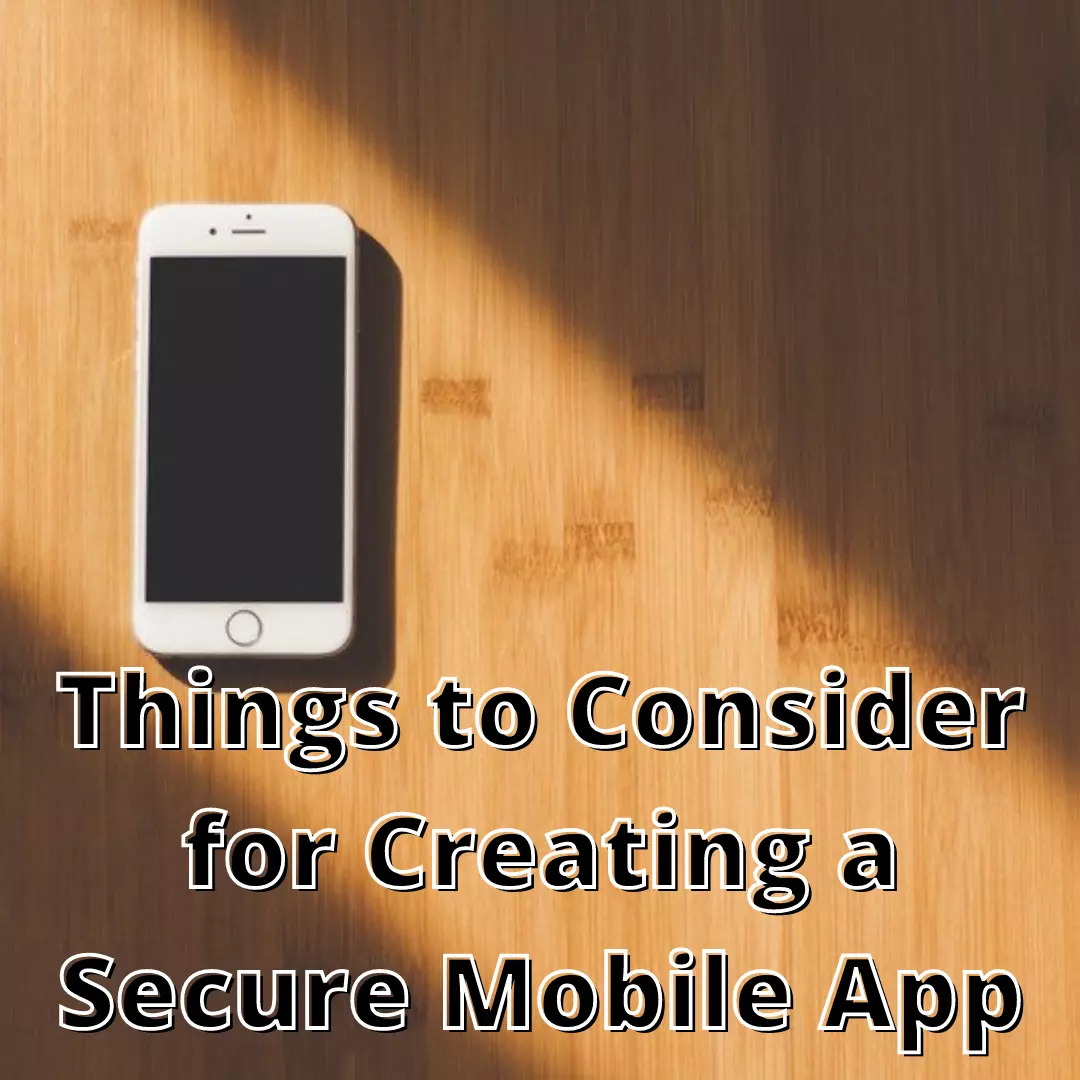The widespread availability of smartphone apps has given much-needed convenience and comfort to the world. You can do virtually anything on your smartphone application. Just think about all the benefits smartphone apps have provided over the years. With your smartphone app, you can pay your internet bill with a single tap instead of visiting the Spectrum payment center for Spectrum bill pay service or any other internet-related queries.
The smartphone app you and millions of others are using right now is the finished product. It’s tested to perfection. Why? Because apps and programs face increasing cybersecurity threats. That is why developers put great effort into creating mobile apps that are safe and secure. If you’re a developer, here are the things to consider for creating a secure mobile app.
1. Test, Test, and Test
Computer criminals have become advanced in their attempts to hack into systems, applications, and programs. The emergence of new cyber threats is a challenge that needs to be prevented. Being a mobile app developer, you must accord high priority to app testing. It is advisable to perform different tests before launching your app on the market.
Make sure to invest in emulators, threat modeling, and penetration testing. Developers need to understand that repetitive testing is crucial to preventing cyber-attacks. Moreover, testing isn’t something that should be given the least priority. It must be given the highest level of priority. Make a habit of reviewing codes and you’ll be able to identify potential loopholes.
2. Minimize Permissions and Privileges
The emergency of new security threats has paved the way for a new concept. The new concept is called zero-trust security. This security method follows the principle that no application or program is secure. This allows developers to implement the principle of least privilege. That means a device can only ask for privileges of utmost importance. Observe the principle of least privilege when designing a mobile app.
Don’t prompt the user to permit access to the camera, dialer, or contacts if it isn’t needed. Similarly, if a mobile app doesn’t require access to a constant connection, don’t design it that way. Suppose you are designing a castle. How many entrances would you want to incorporate into the design? Now app the same concept when designing the app. Remember you don’t need extra entrances and passageways in a highly fortified castle.
3. Use Tokens
It takes longer for smartphones to end sessions than it takes for PCs to do the same. This makes it difficult for a mobile OS to end a session. The good news is, there’s a way to handle the sessions on your smartphones. Mobile app developers are already using tokens to handle sessions. Tokens are probably the most effective tech tools to handle sessions.
Using tokens can provide multiple benefits such as better security. Perhaps the best thing about using tokens is that they expire after a certain duration. OpenID Connect, JSON Web Token, OAuth2 are some of the most popular tokens on the internet. Not only are these tools user-friendly, but they also are revoked anytime.
4. Always Go for Verified APIs
Verified APIs are crucial to creating smooth backend programing. However, they can cause inconvenience due to their exposure to the outside world. It is advisable to use authorized APIs only for developing your mobile app. Unverified API can allow unauthorized computer criminals. This can create tremendous implications for the developer and the user alike.
5. Don’t Trust Thirty-Party Coding
Free and affordable codes intrigue developers. That doesn’t mean they are one hundred percent safe and secure. Trusting third-party dependencies can create problems for you. Why? Because such programs are vulnerable to attacks from computer criminals. Most developers opt for reliable coding programs. Make sure to study and check the coding program thoroughly before using it to design your app.
6. Think from Both the User and the Hacker’s Perspective
Good mobile apps are created from both a user and a hacker’s point of view. When designing an app, think from the perspective of both user and hacker. Consider all the features and functionalities your end-user might want to see. Also, think about all the potential vulnerabilities a hacker could exploit. This way you’ll be able to create a loaded and secure app.

